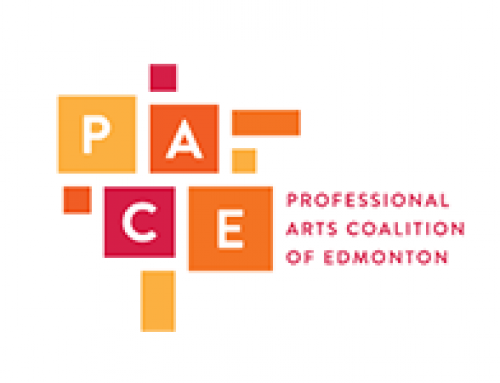RAAV praises SMQ’s position on maintaining the exhibition right
Montreal, Tuesday 22 February 2011 – The Regroupement des artistes en arts visuels du Québec (RAAV) praises the reaction of the Société des musées québécois (SMQ) to the position expressed last week by the Canadian Museums Association (CMA) advocating the eventual abolition of the exhibition right. The board of directors of the SMQ, in a news release issued last Thursday, expressed “its profound disagreement with and total disassociation from the views expressed by representatives of the CAM. It also reiterates the position that it has always held to the effect that the question of copyright and the royalties associated with it should not be settled to the detriment of artists and rights holders.”
On 15 February, during its appearance before the federal parliamentary committee charged with studying Bill C-32, which aims to “modernize” copyright in Canada, Mr. Jon Tupper, president of the CMA, expressed his organization’s support for Bill C-32 in general, in contrast to the position of the Canadian cultural sector as a whole. He also maintained that the exhibition right is “costly, cumbersome, and has failed to deliver any significant revenue to artists.” He objected to the extension of the exhibition right to works created before June 1988. According to the CMA, “Expanding it would mean taking property rights away from legitimate owners. We recommend that the exhibition right be reconsidered and reviewed in the next round of amendments [to the Act] with a view to abolishing it and having it replaced with a compensation program similar to the Public Lending Right.”
The directors of the CMA must know that on average between 12% and 15% of visual artists’ income is derived from copyright royalties that are paid to them, most of which comes from the exhibition right. This may seem insignificant, but when one has an average annual income of $13,500, all sources of income are not just welcome but essential. In addition, in taking a position against application of the exhibition right to works produced before June 1988, the CMA seems to be in favour of maintaining the systemic discrimination against older artists. The absence of exhibition rights on works created before June 1988 affects primarily older artists, at a time when they are retired or are not in good enough health to continue to produce works.
Furthermore, the CMA representatives pronounced themselves in favour of the inclusion of education as a fair dealing exception, and then hastened to complain about all the copyright royalties that they must pay to artists for the use of their works. From this to claiming that all of their activities are in fact simply educational in nature, and thus subject to being labelled “fair dealing,” and therefore free, is just one step that they will not fail to take if the Harper government maintains this section of the bill despite opposition from the cultural sector as a whole.
“The directors of the Canadian Museums Association should have consulted their members from Quebec before taking this public position,” stated Lise Létourneau, president of RAAV. She expressed her satisfaction with seeing the SMQ make its disagreement known and dissociate itself quickly. “For me, this shows that the Quebec cultural sector is unanimous with regard to the recognition of all forms of copyright for artists. The resulting revenues are essential to maintaining the vitality and future of Quebec creativity.”




